Historic house with a strangely blank gardening slate
sujiwan_gw 6b MD/PA
18 years ago
Related Stories
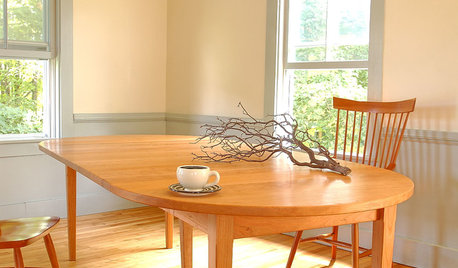
DECORATING GUIDESStrange but True Parallels Between Early Western and Old Japanese Style
Part 1 of our 'wabi-sabi' series: in which Shaker and Arts and Crafts designs reveal simplicity, modesty and integrity
Full Story
TRADITIONAL HOMESHouzz Tour: Historic London Home That’s Anything but Stodgy
A giant giraffe, striking art and other playful touches add a lively touch to this grand terraced apartment
Full Story
DECORATING GUIDESMission Possible: A Designer Decorates a Blank Apartment in 4 Days
Four days and $10,000 take an apartment from bare to all-there. Get the designer's daily play-by-play
Full Story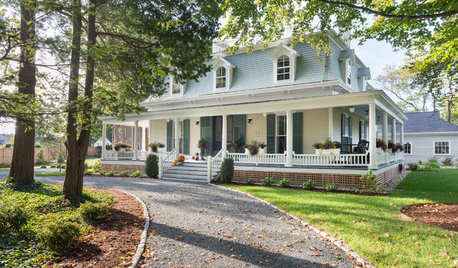
TRADITIONAL HOMESHouzz Tour: Pride Restored to a Historic Rhode Island Home
Designers spruce up Narragansett’s first summer cottage while adapting the Victorian-era home for modern living
Full Story
SMALL HOMESHouzz Tour: Caretaking and Compact Living on a Historic Estate
Strangers sometimes wander in, but this bright and cozy New Hampshire home comes with benefits too
Full Story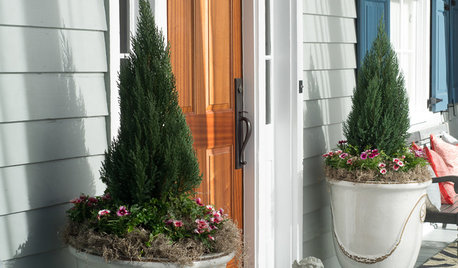
TRADITIONAL HOMESHouzz Tour: A Historic Charleston Charmer Is Reborn
A pre–Civil War home is brought back to life with a mix of traditional and modern decor
Full Story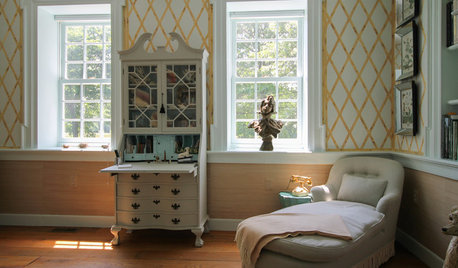
HOUZZ TOURSMy Houzz: A Jane Austen-Inspired Home in a Historic Tannery
A Maryland couple stay true to their home’s historic roots
Full Story
CONTEMPORARY HOMESHouzz Tour: Contemporary Glamour in a Historic London Flat
An elegant Kensington apartment is updated to make it a vibrant home for a creative family
Full Story
HOUZZ TOURSHouzz Tour: Historical Modern Chicago Makeover
Unearthed 19th-century details enrich a home's contemporary new look
Full Story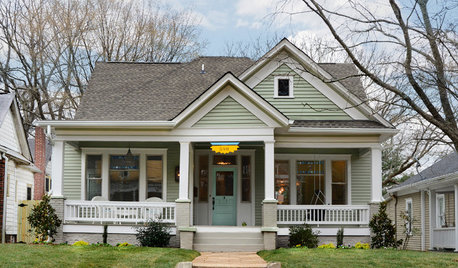
HOUZZ TOURSHouzz Tour: Lovingly Resurrecting a Historic Queen Anne
Dedication and a keen eye turn a neglected eyesore into the jewel of its Atlanta neighborhood
Full StoryMore Discussions






nandina
ginny12
Related Professionals
Columbine Landscape Contractors · Downey Landscape Contractors · Lantana Landscape Contractors · Madera Landscape Contractors · Peoria Landscape Contractors · Santa Ana Landscape Contractors · Tustin Landscape Contractors · Vermilion Landscape Contractors · Woodburn Landscape Contractors · Loveland Siding & Exteriors · Alhambra General Contractors · Arlington General Contractors · Ashtabula General Contractors · Chillicothe General Contractors · Vincennes General Contractorssujiwan_gw 6b MD/PAOriginal Author
njmastergardener
Havenheart
redbrick